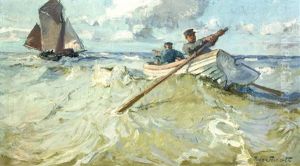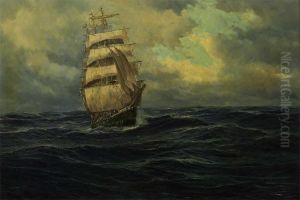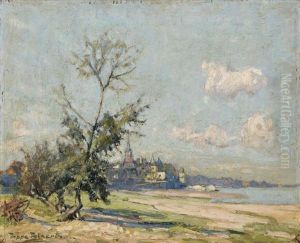Poppe Folkerts Paintings
Poppe Folkerts was a German painter born on April 17, 1875, in Aurich, East Frisia, which is now part of Lower Saxony, Germany. He was known for his marine paintings and his role in capturing the nautical spirit of his time. Folkerts initially trained as a decorative painter, but his passion for the sea and sailing soon became the central theme of his artistic work.
In his early career, Folkerts painted murals and worked on decorative projects, but it was his seascapes that garnered him attention. He was largely self-taught in this genre, developing his own unique style which was characterized by dynamic compositions and a robust use of color. His paintings often featured the rough North Sea, capturing the challenging conditions faced by sailors and the beauty of the sea in various moods.
During his lifetime, Folkerts traveled extensively, which broadened his horizons and influenced his art. He visited the Netherlands and other parts of Europe, where he was inspired by the marine traditions and the work of other maritime painters. Despite the popularity of Impressionism and other modern movements during his lifetime, Folkerts remained dedicated to his own style, which was more aligned with realism and naturalism.
Folkerts was not only a painter but also an enthusiastic sailor, which added authenticity to his work. His deep understanding of ships and the sea can be seen in the meticulous details of his paintings, from the billowing sails to the intricate rigging. His love for the Frisian landscape and the maritime world resonated with a wide audience, and his work became highly sought after.
The outbreak of World War I and II had an impact on Folkerts’ life and work, as it did for many artists of the time. However, he continued to paint and exhibit his work when possible. Poppe Folkerts passed away on September 27, 1949, in Norderney, Germany. His legacy lives on through his evocative paintings that captured the essence of the sea and sailing during a significant period in German maritime history. His works remain on display in various museums and collections, appreciated by those who share his love for the maritime world.
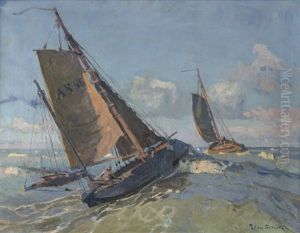
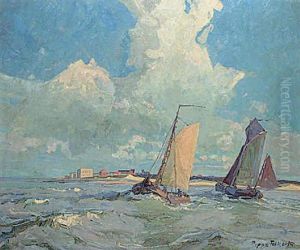
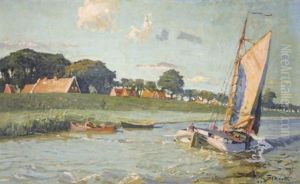
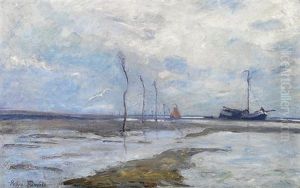
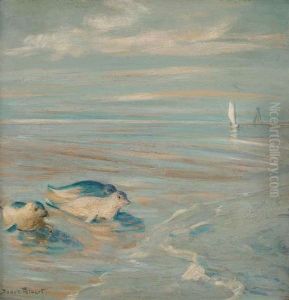
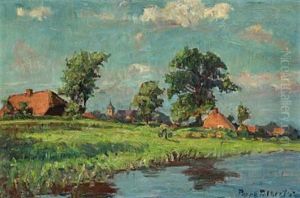
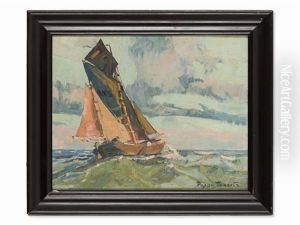
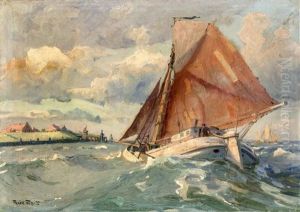
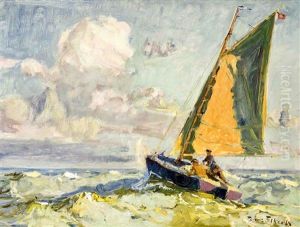
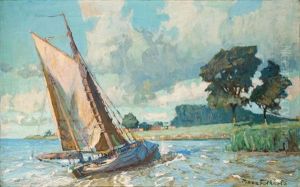
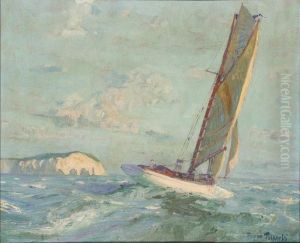
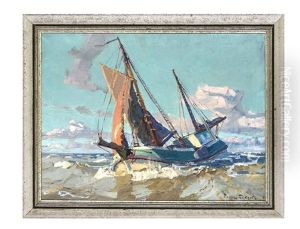
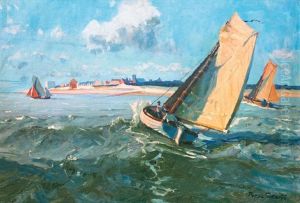
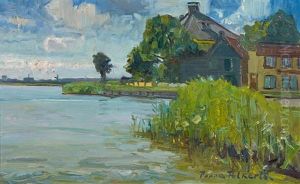
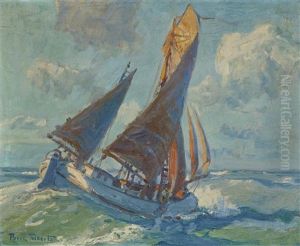
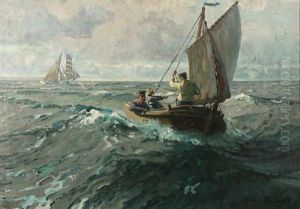
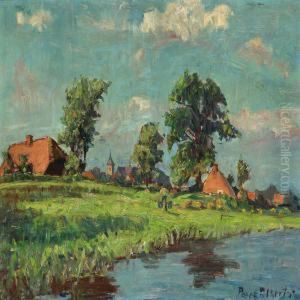
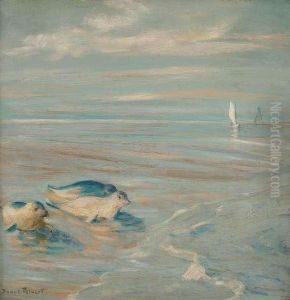
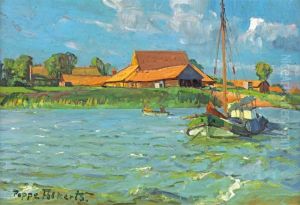
![[marine]](https://www.niceartgallery.com/imgs/586078/s/poppe-folkerts-marine-ca0bb68f.jpg)
